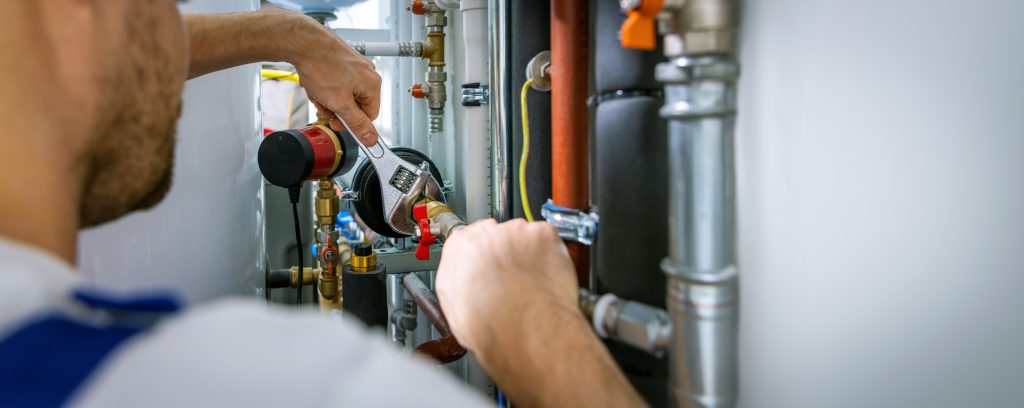Plumbing problems can strike without warning. One moment your systems are fine, and the next, water is pouring through the ceiling or toilets have stopped working. It’s easy to overlook these risks until they cause real disruption. That’s why every commercial property needs a solid emergency plumbing plan that’s ready to go the moment trouble hits.
Minimising Downtime and Business Disruption
When a burst pipe or clogged drains stop business, every minute counts. Commercial facilities with a reliable plan recover faster and avoid prolonged closures. For instance, having an experienced plumber in Austin on call who provides emergency plumbing services around the clock can make all the difference during a sudden system failure. The same approach applies wherever your business operates because having dependable support from a local plumber keeps the situation under control.
Even minor plumbing repairs can cause major setbacks if not handled fast. A leaking tap, overflowing toilets, or low pressure can halt operations and frustrate tenants or customers. Acting quickly limits downtime and shows your commitment to safety. With an organised plan, you know who to contact and what to do until help arrives.
Protecting Property and Assets
Water damage spreads faster than most people expect. Once it starts, it can ruin flooring, destroy stored goods, and short-circuit electrical systems. The best way to prevent this is by knowing which areas are most at risk and strengthening them before issues appear. Below are key zones that deserve extra attention:
- Electrical and mechanical rooms where wiring or controls are exposed
- Basement or lower floors prone to flooding or leaking pipes
- Storage areas containing paper records or stock items
- High-traffic corridors where leaks could cause slips and injuries
- Walls or ceilings hiding old or corroded pipes that may need pipe repairs
Reviewing these areas regularly helps you catch problems before they escalate. By being proactive, you protect not only your property but also your business continuity and finances.
Meeting Health and Safety Standards
A plumbing emergency can easily become a health hazard. Overflowing drains or sewage leaks spread bacteria and create unsafe working conditions. The longer you delay repairs, the more likely it is that contamination will occur. Having licensed plumbers and certified technicians ready to respond ensures compliance and quick action.
Your emergency plan should align with local safety regulations. It should outline who to contact, what to isolate, and how to maintain hygiene during incidents. This preparation keeps your site compliant and reassures employees and visitors that their safety matters. In many industries, that readiness is part of professional duty, not just convenience.

Cost Control and Budget Efficiency
Emergency situations can quickly become expensive if you’re unprepared. When there’s no plan in place, you often face higher rates for emergency plumbing repair or replacement parts. A clear strategy helps you manage these moments with less stress and lower costs. Prevention is always cheaper than crisis response.
Taking time to understand key factors when choosing an emergency plumber helps you avoid hidden fees and poor workmanship. By reviewing credentials and comparing response times early, you can secure fair pricing and consistent service. Including preventative maintenance programs in your plan saves money by catching small issues before they grow.
Enhancing Reputation and Trust
Your response to emergencies shapes how people view your business. Tenants and customers appreciate fast action and professionalism. If you handle plumbing issues quickly and calmly, they’ll remember your care and reliability. That trust builds stronger relationships and long-term loyalty.
Preparedness also shows pride in your operations. When your site stays clean, safe, and functional even during setbacks, it reflects well on your management. People are more likely to rent, invest, or collaborate with a company that’s organised and dependable. In short, being ready protects more than your pipes because it also protects your image.
Building a Practical Emergency Plumber Plan
A strong emergency plumber plan gives your business structure when every second matters. You don’t have to overcomplicate it. Start with a few practical steps. Below is a simple checklist you can follow:
- Identify areas most likely to experience plumbing problems, such as water leaks or frozen pipes
- Record contact information for plumbers, utilities, and maintenance teams
- Establish a clear process for reporting and escalating plumbing issues
- Train staff to locate the water shut-off valve and isolate the main water supply safely
- Review and update your plan at least once a year to ensure all details stay accurate
Following these steps ensures your plan stays relevant and effective. You’ll know exactly what to do and who to call when plumbing emergencies strike, reducing confusion and downtime.
Conclusion
Plumbing failures never wait for a convenient moment. They can flood a building, stop operations, and damage your reputation all at once. Having an emergency plumber plan in place keeps you calm and confident when things go wrong. Preparation gives you control, and that’s what keeps your business safe, strong, and running smoothly.





